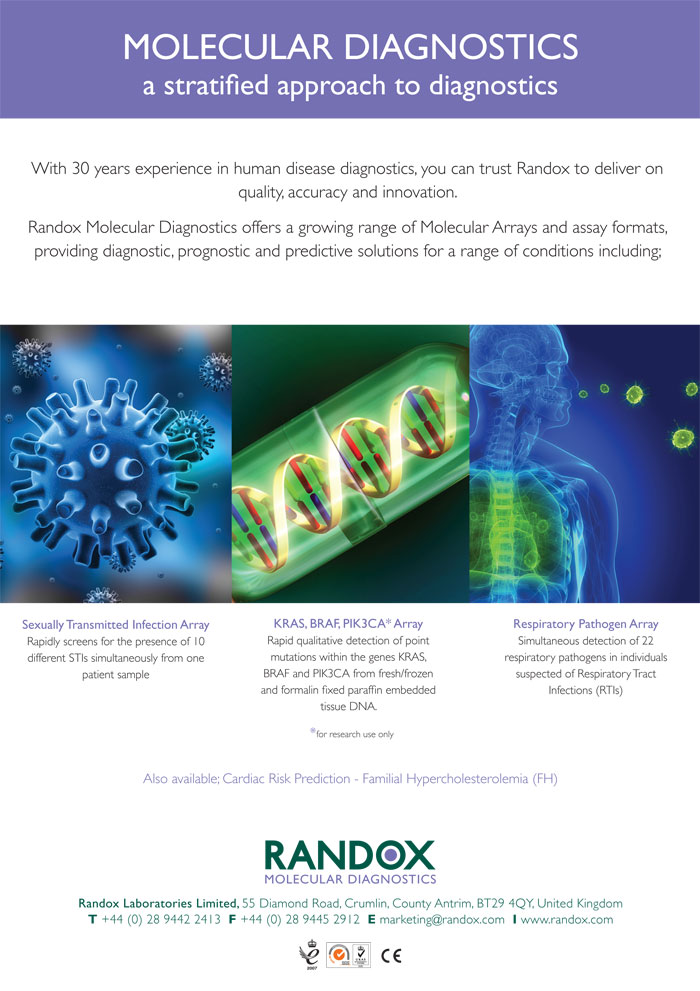


“I believe we are about three-quarters of the way through the game with COVID-19,” said Dr. “We have an organizational decision tree to guide providers for when to order each type of test in an effort to maintain supply availability as well as provide the best testing for each patient who comes in,” said Woodward. Each is on a different instrument platform. The clinical laboratory at UMC Health System in Lubbock, Texas currently has three different ways to perform PCR testing, according to Alanna Woodward, MLS(ASCP), SM, Clinical Laboratory Microbiology Manager for the health system: an individual test for SARS-CoV-2 only, a 4-plex for Flu A & B/RSV/SARS-CoV-2, and a large respiratory viral panel that includes SARS-CoV-2. Far fewer respondents said they use reverse transcription loop-mediated isothermal amplification (RT-LAMP) at 7% (12% in 2021) or recombinase polymerase amplification (RPA) at 4% (7% in 2021). When asked what types of molecular diagnostic tests they use in their laboratories to test for COVID-19, the top three types reported were reverse transcriptase quantitative polymerase chain reaction (rRT-qPCR) at 64% (73% in 2021) rapid antigen tests at 56% (41% in 2021) and rapid molecular tests at 52% (46% in 2021). This has been a large percentage of our testing.” as employers want a negative PCR test to allow their staff to return to work. “We have seen an increase in requests for PCR testing as opposed to antigen, antibody, etc. “Our COVID testing volumes are about the same as last year, though throughout the year they come in spurts - we might do 100 one week, then 20 the next,” said Rob Curtis, MT(ASCP)SBB, Laboratory Site Manager, Rappahannock General Hospital, Kilmarnock, Va. Three-quarters of those surveyed (75%) said their labs perform an average of 0–100 COVID-19 molecular-based tests per day, 15% perform between 101–250, 5% perform between 251–500, 2% between 501–750, and 4% perform between 751–1,000+. “However, volumes are still substantially higher than I would have anticipated a year ago as we continue to test for pre-procedural cases, admissions, employee surveillance, travelers, and symptomatic patients.”

“Volumes have decreased compared to 2021, if you recall we had experienced the transition from Delta variant to the initial Omicron variant during that calendar year,” said Tyler Radke, MLS(ASCP), Team Leader, Laboratory, Bellin Memorial Hospital, Bellin Health Oconto Hospital, Oconto, Wis. Only 1% reported a COVID-19 testing volume decline in 2021. This year’s respondents reported a relatively large drop in SARS-CoV-2 testing demand over the past 12 months, with 17% saying demand has decreased. lab professionals and molecular testing manufacturers on testing trends and best practices for success. To bring the survey data to life, we have included commentary from U.S. This year, 254 lab professionals participated in the survey, with the majority (74%) of respondents in Lab Manager, Administrator, Supervisor, or Lab Director positions, and the majority working in hospital/health system labs (90%).

Survey respondents also voiced the impact of ongoing supply chain shortages, and shared challenges and solutions for quality control (QC) and quality assurance (QA), including effective handling of questionable results from molecular tests and interventions to reduce potential false positive test results. labs for COVID-19 diagnosis and variant tracking, how labs are repurposing excess platform capacity for other in-house assays, and their use of technologies in conjunction with molecular testing (e.g., PCR/RT-PCR, NGS) for clinical diagnosis. The 2022 Medical Laboratory Observer (MLO) State of the Industry (SOI) survey on molecular diagnostics revealed some intriguing insights on the use of molecular testing by U.S.


 0 kommentar(er)
0 kommentar(er)
